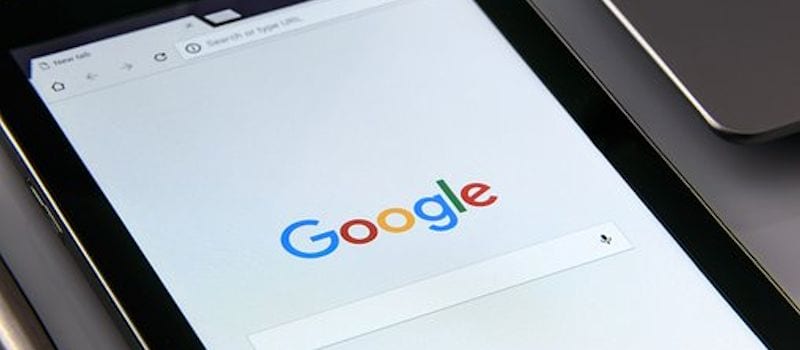Google Shares Mobility Best Practices in New White Paper

 Google does pretty well for themselves, am I right? So let’s take a look at their best practices for mobility and see if we can learn something from the tech giant. The company is employing 61,000 people across the globe, who are most likely bringing their own mobile devices to work, so it’s appropriate to assume their team has some decent facts to report.
Google does pretty well for themselves, am I right? So let’s take a look at their best practices for mobility and see if we can learn something from the tech giant. The company is employing 61,000 people across the globe, who are most likely bringing their own mobile devices to work, so it’s appropriate to assume their team has some decent facts to report.
Google recently released a new white paper, simply titled, Mobility best practice, Tiered Access at Google, which highlights its three-tiered approach to mobile security. The white paper says their approach enables them to enforce security policies and be more flexible instead of just blocking or giving access to enterprise services based on what is known about a device and user.
“In contrast to traditional models, tiered access provides more granular control,” according to the whitepaper. “The level of access given to a single user or a single device may change over time based on device measurements allowing security to set access policy that considers deviations from intended device state.”
The model consists of the three following tiers:
- Client base and data sources tier
- Access control and gateway tier
- Services to be accessed tier
The client base tier aims to gather information on the mobile devices that Google’s employees are using to get to the organization’s systems. Google utilizes things like asset management inventories, patch management systems, operating system agents, and more to get that kind of data, which is then stored in a central repository and checked whenever a device attempts to access a Google service. This allows the staff at Google to take advantage of a variety of mobile devices and security configurations. The group a user belongs to will define how what level of access they have and what they can do with it.
Google also takes advantage of various trust tiers, which allow different devices to have different level access permissions. Therefore, a fully managed device will have higher-level access and permissions than an unmanaged one. The access and gateways layer allows those decisions to be made easily.
Google has a services layer that is broken down into four tiers:
- Untrusted
- Basic access
- Privileged
- Highly Privileged
The tech giant has created various baseline device requirements for accessing each of those tiers. Perhaps the tiered approach is one you may want to consider for your business.
Click here for more information on Google’s best mobility practices. And when you’re ready to choose the right tool, check out our Mobility Management Buyer’s Guide.




















